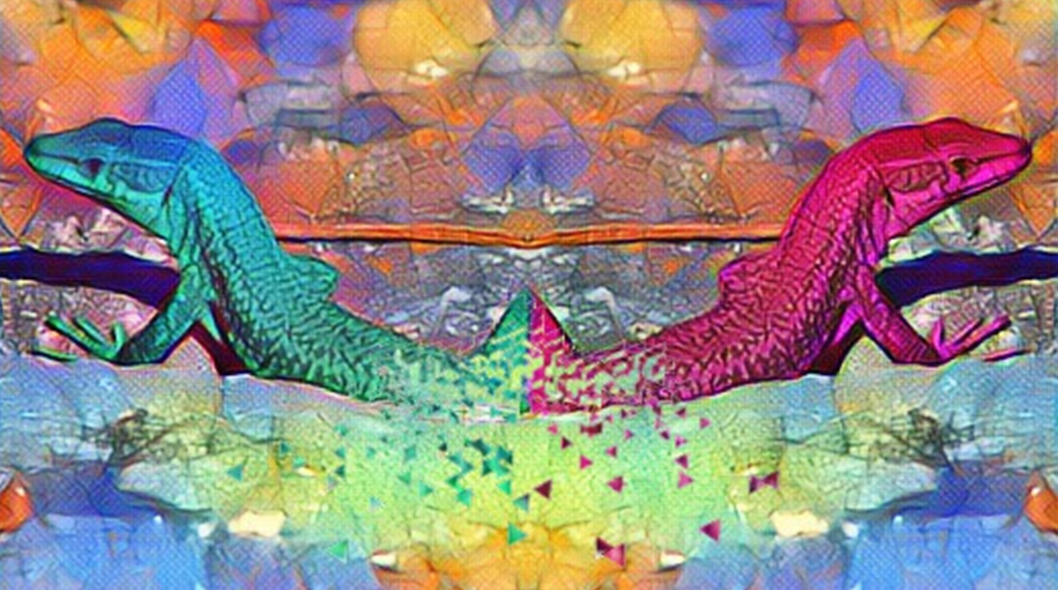UNDERSTANDING SPECIATION: A MULTIDISCIPLINARY ASSESSMENT OF HYBRID ZONES USING A LIZARD SPECIES COMPLEX AS MODEL

STUDENT SEMINAR IN BIODIVERSITY AND EVOLUTION

The study of hybrid zones between partially reproductively isolated populations has long been recognized as a powerful approach to study processes involved in speciation and the maintenance of species boundaries. Determining species geographic distributions and the underlying causes for species coexistence is of fundamental importance to understand ecological and evolutionary processes involved in differentiation and speciation. Here, first I took advantage of ecological niche modelling to compare mitochondrial DNA and niche divergence between pairs of lineages belonging to the Podarcis hispanicus complex in order to examine patterns of niche divergence and their role in the spatial organization of species and in the potential to establish zones of sympatry. Complementary suitable niches and competition seem to be two important mechanisms in shaping geographic distributions and restricting the existence of extensive contact zones. Than I examined the levels of admixture in four contact zones between distinct pairs of Podarcis species in the late stages of speciation. Reproductive isolation is incomplete between most of them even in the presence of putatively strong pre-zygotic and pos-zygotic isolation mechanisms. Particularly for one of those pairs of species, P. bocagei and P. carbonelli, I studied the extent of hybridization in space and variation in selection against interspecific gene flow among loci and across the genome to understand the genomic organization of reproductive isolation in the late stages of speciation. I found evidences for strong intrinsic and extrinsic barrier to gene flow. Intrinsic barriers to gene flow seem to be spread across the genome but specifically the Z chromosome may have a distinct role in reproductive isolation.
Guilherme Caeiro Dias’ main interest is to understand the processes that lead to genetic differentiation and that are involved in the evolution of reproductive isolation as well as the mechanisms involved in the current spatial distribution of genetic diversity. The first project in which he was involved after finish his MsC in 2011 was the study of the importance of rear edge populations of some amphibian species from South of Iberian Peninsula, with fragmented populations, for biodiversity conservation under climate changes. Currently he is finishing his PhD, under the supervision of Dr. Catarina Pinho (CIBIO-InBIO) and Dr. Pierre André-Crochet (EPHE-CEFE) where he is employing a multidisciplinary approach exploring molecular tools together with the analysis of ecological data between different Iberian Podarcis species to identify barriers to gene flow, understand how isolation barriers act across the genome in late stages of speciation to better understand the evolution of reproductive isolation within Iberian wall lizards and expecting to contribute to understand the mechanisms involved in biological diversification in general.
[Host: Catarina Pinho, Phenotypic Evolution]
Image credits: Guilherme Caeiro Dias